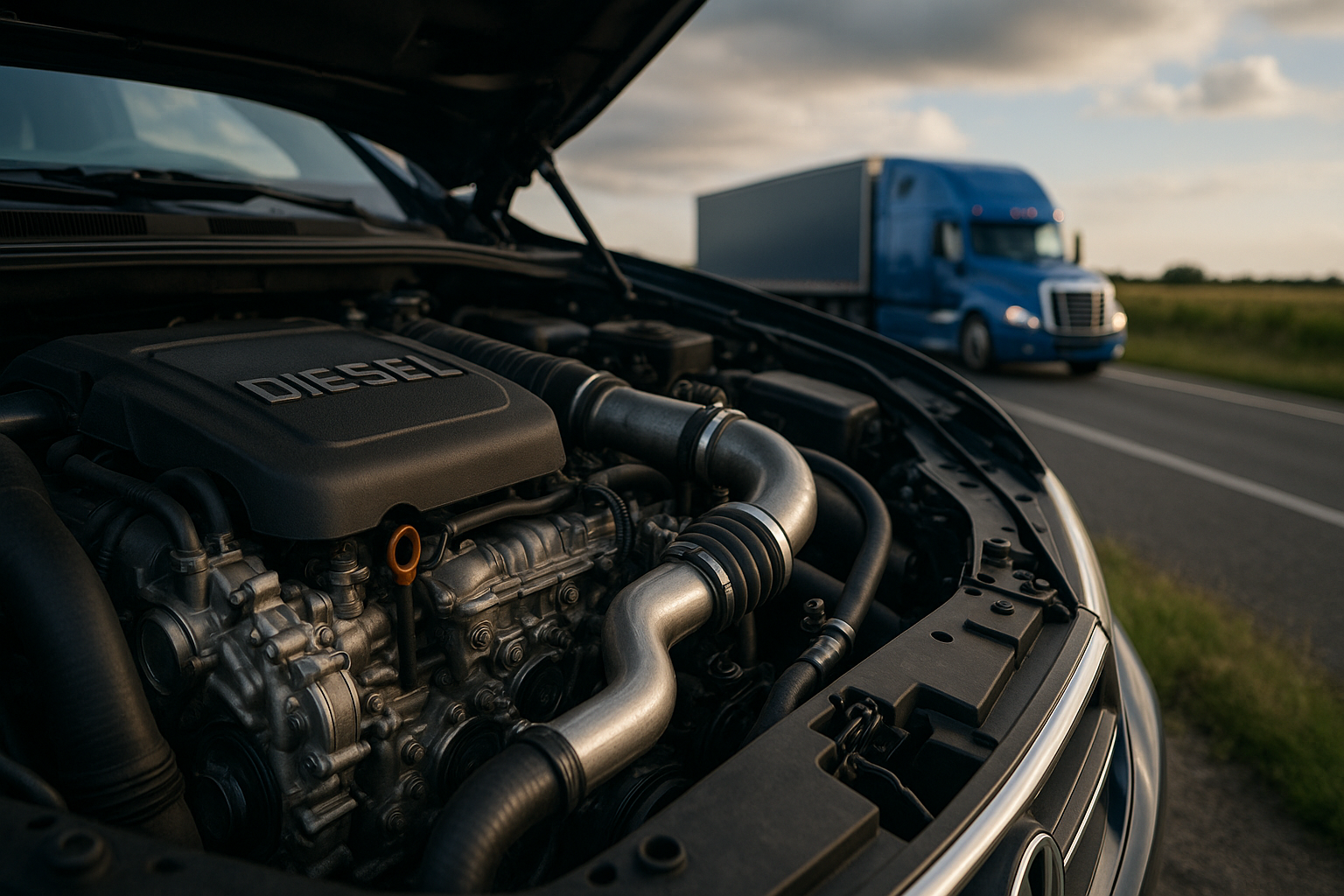How to Buy Trucks for Sale: Types, Costs, Inspections, and Ownership Checklist
Buying a truck involves more than choosing a model you like. This guide walks through identifying the right type and specifications, setting a realistic budget with financing options, verifying history and paperwork, conducting inspections and test drives, and organizing ownership tasks such as registration, insurance, and maintenance planning.

Choosing the right truck is a balance of capability, condition, and long‑term ownership costs. Whether you need a light-duty pickup for weekend hauling or a heavy-duty workhorse for commercial loads, a structured process helps you avoid surprises. The steps below outline how to match truck types to your jobs, compare costs and financing, validate documentation, perform inspections, and finalize ownership with a maintenance plan that protects your investment.
Identify truck types and key specifications
Start by defining the jobs the truck must do, then translate that into specs. Key categories include light-duty pickups (e.g., half-ton), heavy-duty pickups (three-quarter and one-ton), medium-duty cab‑and‑chassis and box trucks, and heavy tractors for long-haul. Compare gross vehicle weight rating (GVWR), payload, and towing capacity. Note engine type (gasoline, diesel, hybrid, or electric), axle ratio, 4x2 vs 4x4, wheelbase, bed length, cab configuration, suspension, brake type, and options like PTO or towing packages. Match tires, ground clearance, and gearing to terrain and use.
Set your budget and explore financing options
Estimate total cost of ownership, not just the purchase price. Consider down payment, interest rate, term length, and expected depreciation. Add recurring costs: fuel or electricity, insurance, taxes, inspections, tolls, and scheduled maintenance (tires, brakes, fluids). Explore financing through banks, credit unions, captive finance arms from manufacturers, or equipment lenders for commercial use. Pre-approval clarifies your ceiling and helps negotiation. For businesses, compare leasing vs. loans, and evaluate tax implications in your area with a qualified advisor.
Check vehicle history, title status, and service records
For used trucks, verify the VIN through reputable databases available in your region to check for accidents, odometer issues, liens, and recall status. Confirm the title is clear (or that any lien release is documented) and watch for salvage or rebuilt designations. Review service records for consistent oil changes, transmission and differential services, timing belt/chain intervals, and recall repairs. For commercial units, request maintenance logs, inspection sheets, and any emissions compliance documents. Cross-check engine hours where available to gauge duty cycle.
Perform test drive and professional mechanical inspection
Begin with a cold start to observe smoke, idle quality, and warning lights. During the drive, evaluate acceleration, transmission shifts, braking distance, steering play, alignment, and suspension noises. Test 4x4 engagement, trailer brake controllers, PTO/hydraulics, and electrical accessories. Inspect for leaks, frame corrosion, uneven tire wear, and signs of prior collision repair. A pre-purchase inspection by an independent mechanic in your area is strongly recommended; request a scan for diagnostic trouble codes, a compression test on diesels where appropriate, and fluid analysis for transmissions and differentials.
Negotiate price, complete paperwork, and plan maintenance
Base your offer on comparable listings, vehicle condition, and upcoming service needs. Ask for an out‑the‑door price that includes taxes and fees so comparisons are consistent. For paperwork, ensure the bill of sale, title transfer, emissions or roadworthiness certificates (where required), and export/import documents for cross-border purchases are accurate. Arrange insurance coverage effective at handover. Build a maintenance plan: baseline all fluids, replace wear items noted in inspections, schedule tire rotation and alignment, and set reminders for intervals. For commercial use, confirm licensing, weight permits, and safety equipment compliance.
Real-world truck costs and examples
New and used pricing varies widely by market, trim, powertrain, and upfitting. As a general guide, many new light‑duty pickups start around the mid‑$30,000s USD and can exceed $70,000 with options; used prices depend on age, mileage, and condition. Medium‑duty cab‑and‑chassis models often range from about $45,000 to $80,000 before bodies, while Class 8 highway tractors commonly run from roughly $120,000 to $190,000 new, with significant savings on late‑model used units.
| Product/Service | Provider | Cost Estimation |
|---|---|---|
| F‑150 (light‑duty pickup, new/used) | Ford | ~US$36,000–$84,000 new depending on trim; late‑model used often ~US$18,000–$35,000 |
| Hilux (global pickup, new/used) | Toyota | ~US$25,000–$60,000 equivalent new by market; used commonly ~US$12,000–$30,000 |
| 1500 (light‑duty pickup, new/used) | Ram | ~US$38,000–$90,000 new; late‑model used often ~US$20,000–$40,000 |
| N‑Series NPR (medium‑duty cab‑chassis) | Isuzu | ~US$45,000–$70,000 new before body; used examples ~US$18,000–$45,000 |
| Cascadia (Class 8 tractor) | Freightliner | ~US$140,000–$180,000 new; 2018–2021 used often ~US$60,000–$110,000 |
| Actros (heavy tractor) | Mercedes‑Benz | ~€95,000–€150,000 new depending on spec; late‑model used ~€45,000–€100,000 |
| Signa 4018.T (heavy haul) | Tata Motors | ~₹3.5–4.5 million new (approx US$42,000–$55,000) |
| R‑series (heavy tractor) | Scania | ~€110,000–€160,000 new depending on configuration |
Prices, rates, or cost estimates mentioned in this article are based on the latest available information but may change over time. Independent research is advised before making financial decisions.
Ownership checklist at a glance
- Confirm clear title and accurate VIN on all documents.
- Verify insurance active at handover; add cargo and liability coverage for commercial use as required in your area.
- Register the vehicle and address taxes, emissions/roadworthiness, and inspections per local law.
- Baseline maintenance: all fluids, filters, brakes, tires, and software/recall updates.
- Equip safety and job‑specific gear (tow hitches, tie‑downs, lighting, first‑aid, extinguishers) to meet regulations.
In summary, a disciplined purchase process—defining capability needs, budgeting beyond the sticker price, validating history and condition, and organizing paperwork and maintenance—reduces risk and helps the truck deliver the performance and durability you expect over its service life.




